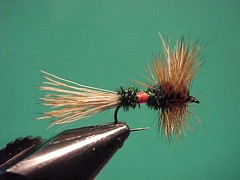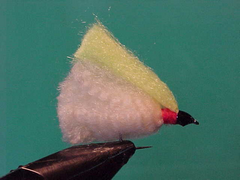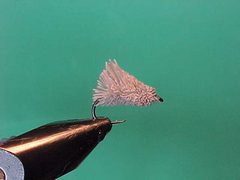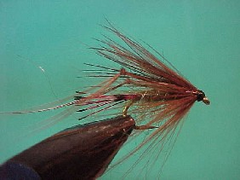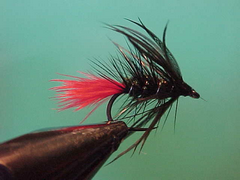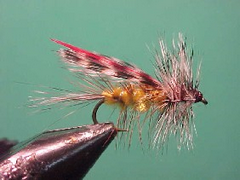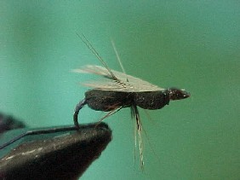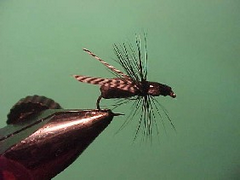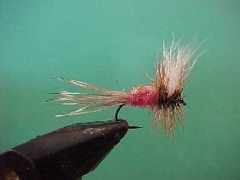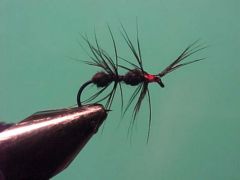Royal Wulff
With origins in the 20’s the Wulff is as much a style of fly as a fly in its own right. It is certainly one of the quintessential dry flies and in some shape or form you will find variants in most fly boxes. Whilst the originals were tied using elk hair tails and upright upright divided calf wings I lean toward variants that have buoyant deer hair tails and divided wings.

